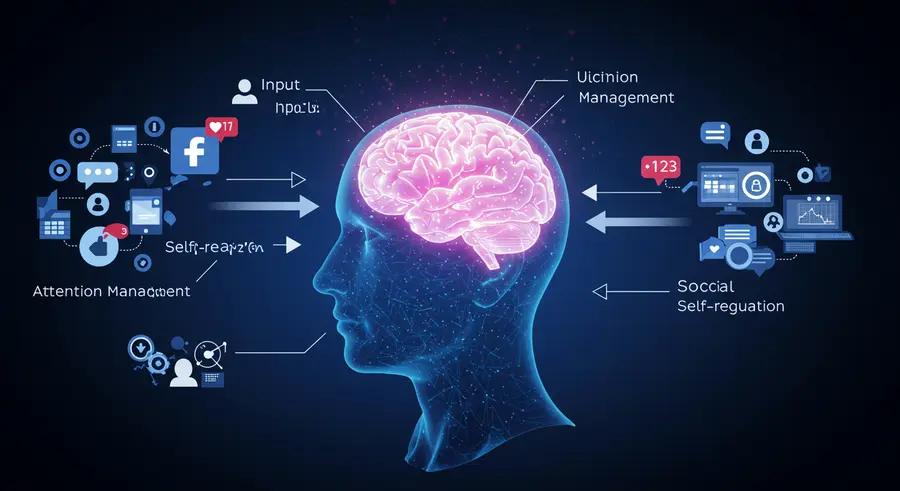Appearance
Mastering Your Digital Self: Navigating Social Presence and Attention in a Tech-Saturated World
We live in a world where new media and communication technologies are everywhere. From constant notifications to the pressure of maintaining an online persona, it's easy to feel overwhelmed. How do we stay focused and truly present when our attention is constantly being pulled in a million directions? This is where the concepts of social presence and attention management become critical.
The Digital Tug-of-War: Attention and Social Presence
Think about it: every time you scroll through a feed, respond to a message, or check for likes, you're engaging in a complex dance between your internal self and your digital environment. This constant engagement impacts your social presence – how you are perceived and how you interact within digital spaces. It also deeply affects your attention, that precious resource that allows you to focus, learn, and truly connect.
Dr. Jeanine Turner, a communications scholar, explores this in her work, emphasizing how challenging it is to manage our social presence and control our attention in today's tech-permeated world. She offers a framework with four approaches to manage your social presence, helping us understand that being present isn't just about being physically there, but mentally and emotionally engaged.
Reclaiming Your Focus: Strategies for a Balanced Digital Life
So, how do we master our digital selves and find that balance? It's about being intentional with our interactions and understanding the cybernetic loops that govern our digital lives. Just as a thermostat self-regulates a room's temperature, we need mechanisms to self-regulate our digital engagement.
1. Mindful Engagement: The "Why" Behind the Click
Before you automatically open an app or click a notification, pause and ask yourself: "Why am I doing this? Is it serving my goals or just a distraction?" This simple act of mindfulness can dramatically shift your digital habits. It's about shifting from reactive consumption to intentional interaction.
2. Crafting Your Digital Environment: Less is More
Just as we declutter our physical spaces, we need to declutter our digital ones. This might mean:
- Turning off non-essential notifications: Do you really need to know every time someone likes your post?
- Scheduling "digital detox" periods: Set aside time each day or week when you completely disconnect.
- Curating your feeds: Unfollow accounts that drain your energy or constantly distract you.
3. The Power of "Being Present" Online
While it might seem counterintuitive, being present online is about quality over quantity. It means:
- Engaging deeply when you do interact: Focus on meaningful conversations rather than superficial likes.
- Setting boundaries: Communicate when you're available and when you're not. Your digital self doesn't need to be "on" 24/7.
- Understanding the impact of your online persona: How do you want to be perceived? Are your actions aligning with that intention?
Visualizing the Digital Self
Consider this conceptual diagram that illustrates the interplay between our brain and the digital world:

The "Input" represents the constant stream of information from our devices, while the "Output" is our response and interaction. The key lies in strengthening the "Attention Management" and "Self-Regulation" loops to ensure a healthier "Digital Self" and more meaningful "Social Presence."
The Future of Cybernetic Humanity
As Shunichi Kasahara explores in his work on "Cybernetic Humanity," the integration of humans and computers is creating a new understanding of self. This isn't just about advanced prosthetics or brain-computer interfaces (though these are fascinating advancements); it's also about how our everyday digital interactions shape our identity and behavior. The goal isn't to become robotic, but to leverage cybernetic principles to enhance our human experience.
By actively managing our attention and social presence, we can move towards a future where technology augments our lives rather than overwhelms them. It's about becoming the "helmsman" of our own digital ship, steering it towards productive, meaningful goals and, ultimately, greater peace of mind.
What are your strategies for navigating the digital world? Share your thoughts in the comments below!